Tuvkhun Monastery
Видео Tuvkhun Monastery
Starting from Orkhon
Valley where the capital of ancient empires once stood, there are various
national parks and historical landmarks located in Uvurkhangai aimag
One of these landmarks
is Tuvkhun Monastery - the place where the First Bogd Undur Gegeen Zanabazar
created his works and meditated. It is located 50 km north of Bat-Ulzii soum.
In 1651, the Undur
Gegeen had a stone-walled house built on a small piece of flat land on top of
Shiveet Ulaan Mountain, surrounded by cliffs and boulders and luscious forests.
The structure was named ‘Dubkhan’ or ‘The Place for Crafts’, which eventually
became ‘Tuvkhun’.
While being at the
monastery, the Undur Gegeen invented the Soyombo script in 1686 as well as
created his most popular literary work ‘Bestowing the Highest Blessings’ or the
sutra more commonly known in Mongolian as ‘Itgel’ or ‘Faith’, alongside putting
his craftsmanship skills to use by making sculptures of Buddhist deities such
as the White and Green Taras.
Tuvkhun Monastery was
put under state special protection in 1992, and certain parts of the monastery
including 4 temples, 2 stupas, and gates were renovated back to their original
state with financing from the state budget in 2001.
Of the two springs
located near the monastery, Undur Gegeen Zanabazar is said to have used the
spring on the right for his consumption, while he used water from the left
spring for hygienic purposes.
Tuvkhun Monastery
originally consisted of 14 temples, including an assembly hall, temples
dedicated to Ochirdari (Vajradhara) and Gombogur gods, the Crafts Temple,
Forever Flaming Butter Lamp Temple, two stupas, a small temple and prayer
wheels with a roof on top as well as a Mermaid Temple at the top of a nearby cave.
Around the monastery,
there are also certain points of interest, such as the seat the Undur Gegeen
Zanabazar frequently used to rest, two trees used for tying horses, and his
footprint when he wore traditional boots and handprint.
 Ulaanbaatar
Ulaanbaatar









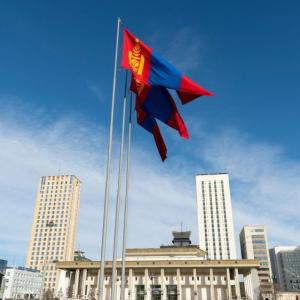
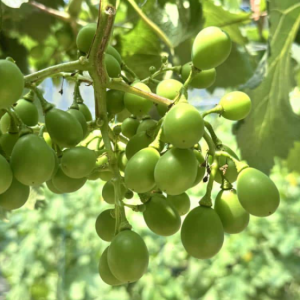
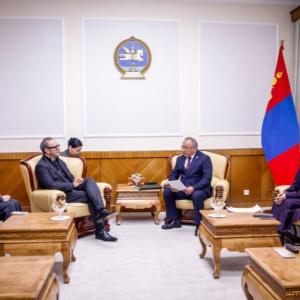
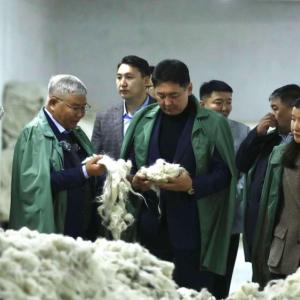
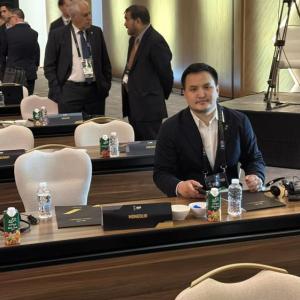
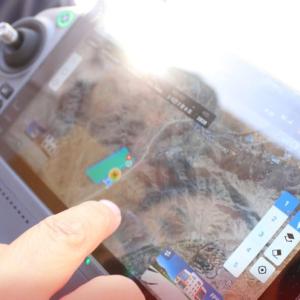
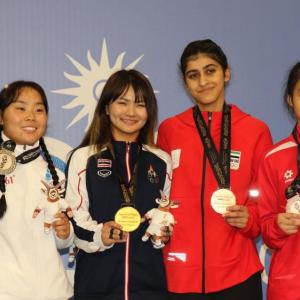
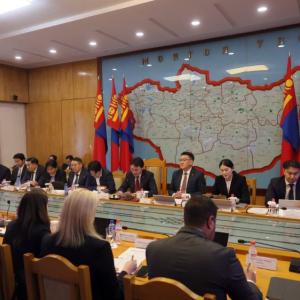
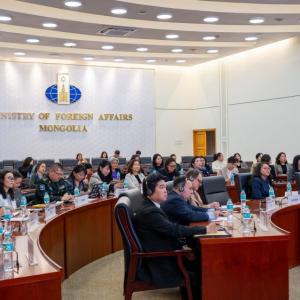

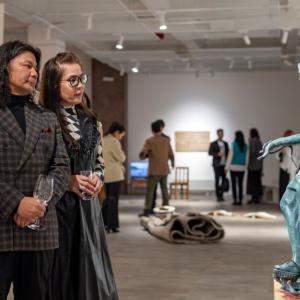


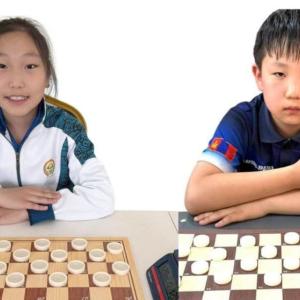
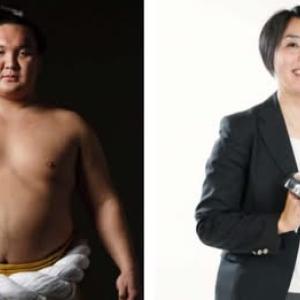
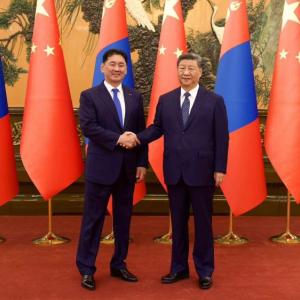
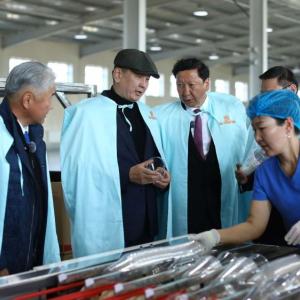
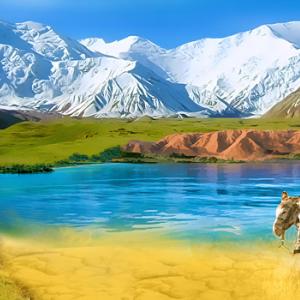
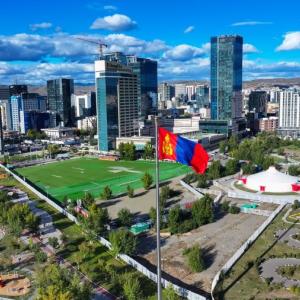
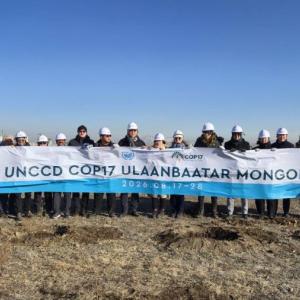
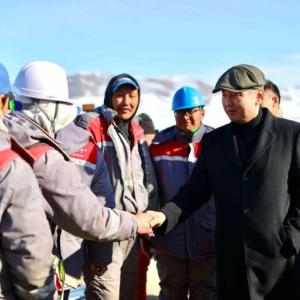

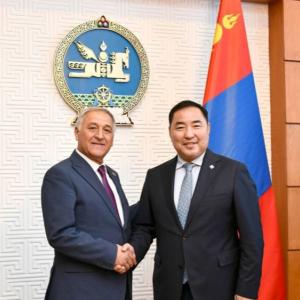


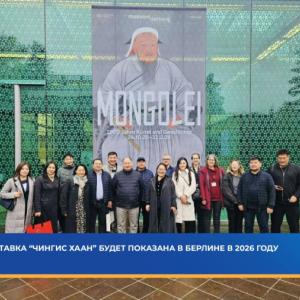



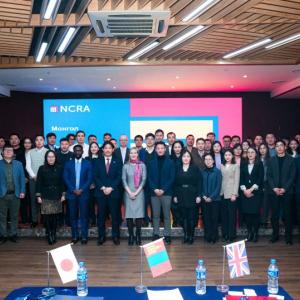

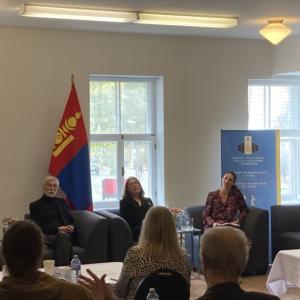

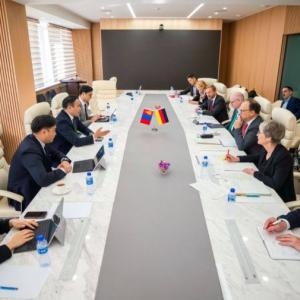
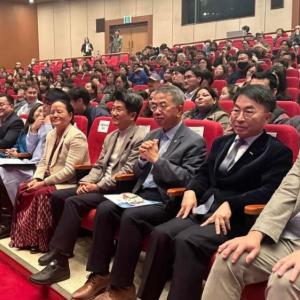
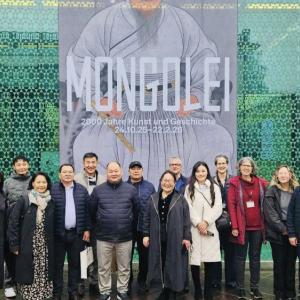
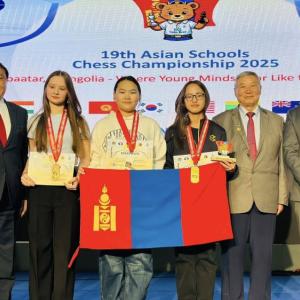
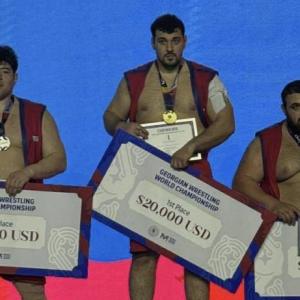
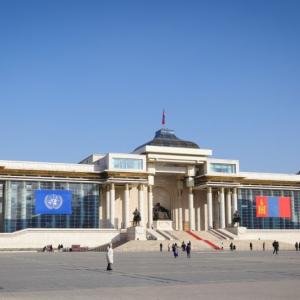
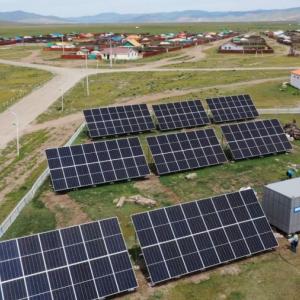


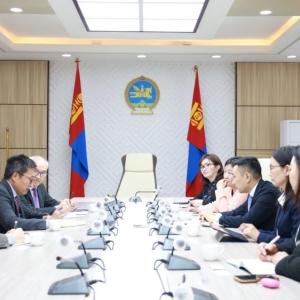

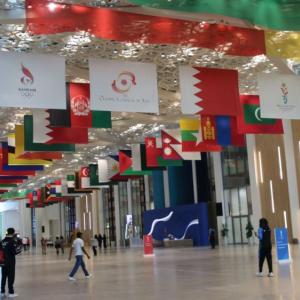
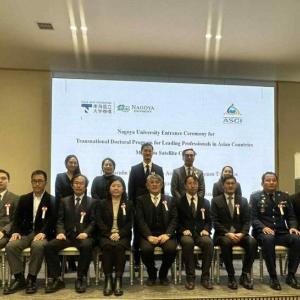
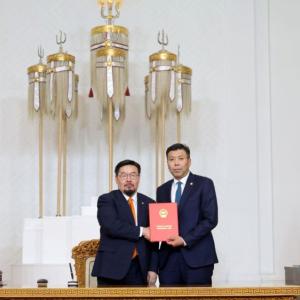

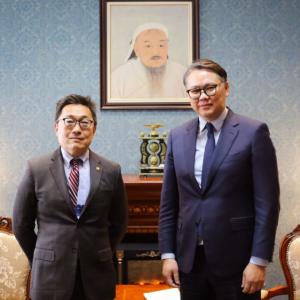


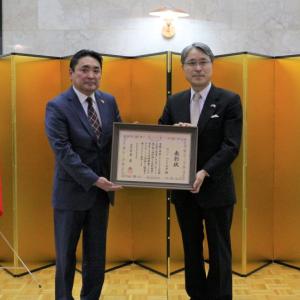
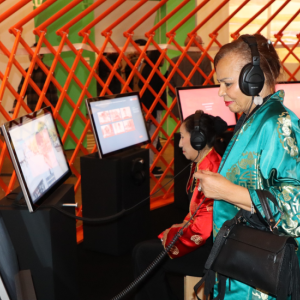
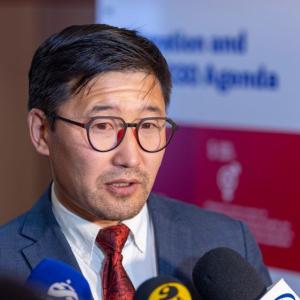

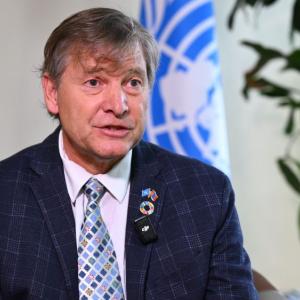

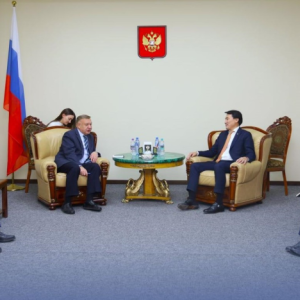

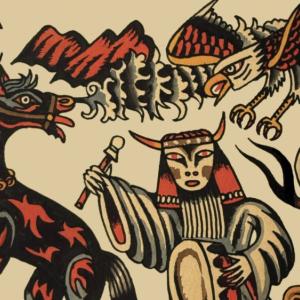
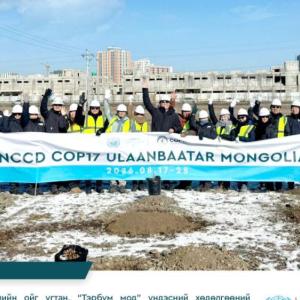
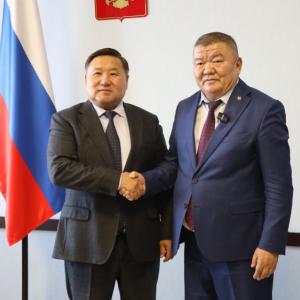


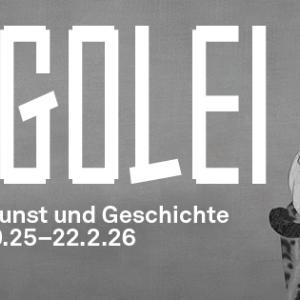
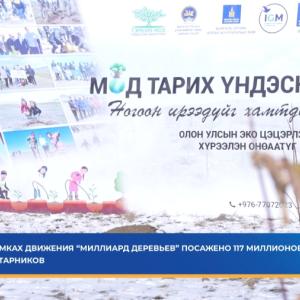




Комментарии